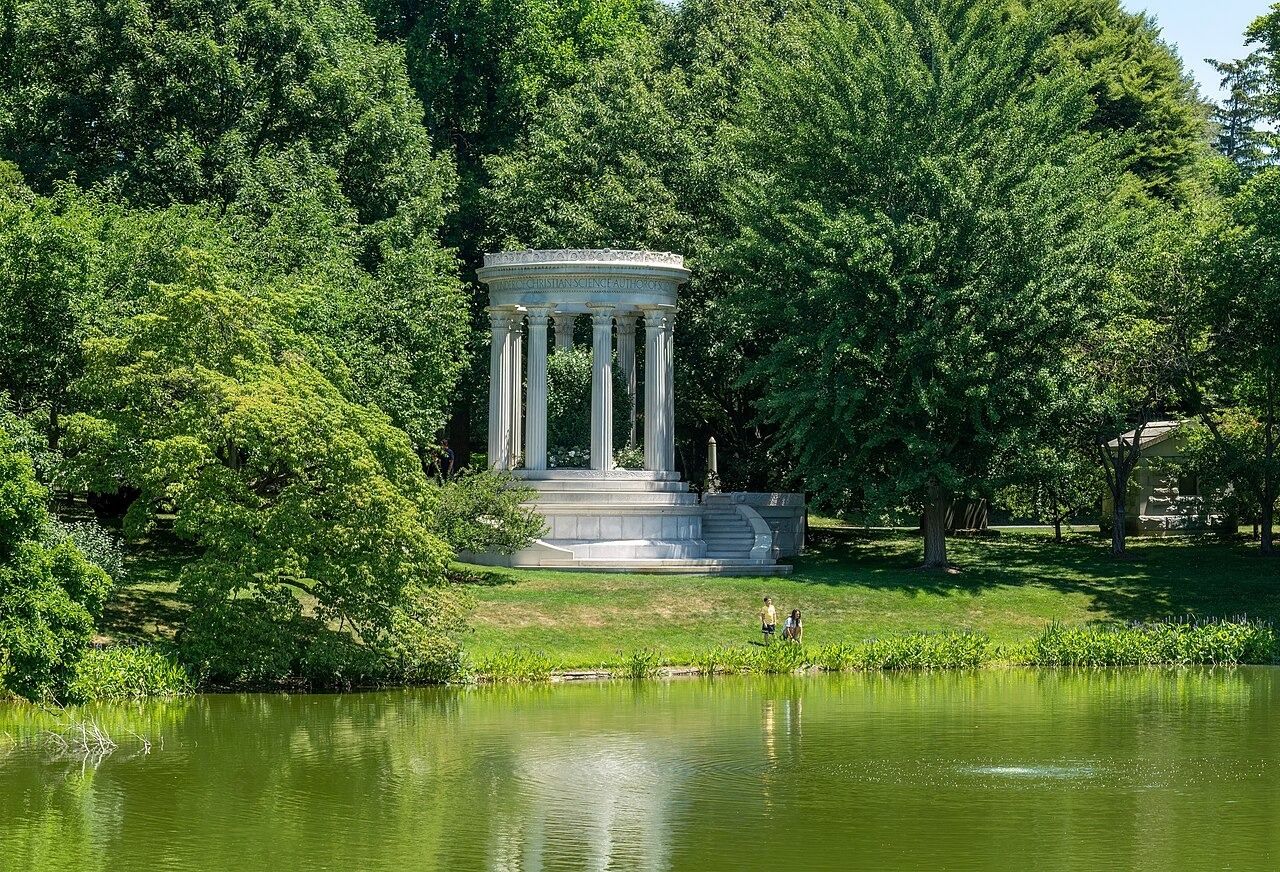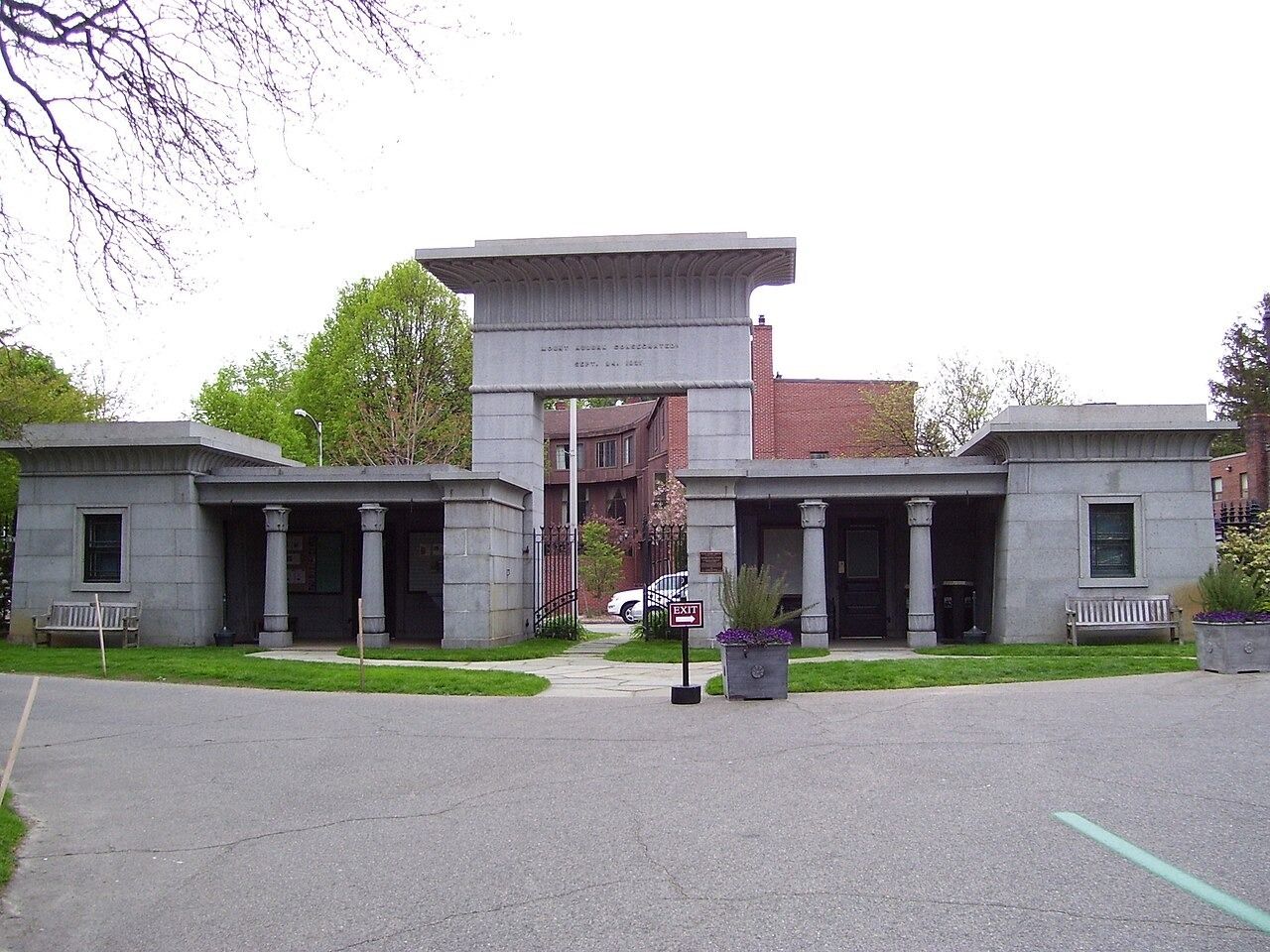- The Plot
- Posts
- Welcome to the Garden of the Dead
Welcome to the Garden of the Dead
Case study, seed season, and Halloween garden events.

When I was young, before my family moved to Chicago, we lived in rural Illinois. We didn't have a nearby park to play in, so instead my four unwashed sisters and I would chase the feral cats in the local graveyard. People always nervously laugh when I tell them about growing up playing in a graveyard. You can see in their eyes the puzzle piece locking into place as they finally understand why I am paying them for the therapy session. It’s one of those poverty-isms that can make someone short circuit in front of you if they grew up with a modicum of middle class normalcy. The comforts and greenspace of today’s cities were pure fiction to 19th century Yankees.
Early Americans in the 19th-century and I have something in common. We both had a lower standard of living and spend a lot of time in cemeteries. Rural cemeteries, back then, were the closest thing they had to a public park. They were a sort of new sculpture garden with aesthetic appeal that ended up convincing Americans of a need for public projects like Central Park.
As church graveyards hit capacity in cities, the rural parklike cemetery was born. It fulfilled both the sanitation needs to bury the dead away from city centers while also providing an idealized setting for recreation. These spaces were a sentimental place to mourn. Melancholy, as an emotion, is underexplored in modern garden design, yet grief gave us public parks.
Case Study:
Mount Auburn Cemetery in Cambridge, Massachusetts was a precursor to modern park design. It was developed in 1831 by the Massachusetts Horticultural Society as an experimental garden, arboretum, and cemetery. The designers had very long names such as Henry Alexander Scammell Dearborn, Jacob Bigelow, and Alexander Wadsworth. Uniquely, Instead of using slab tombs, they required use of urns or figurative sculpture. This early garden cemetery was open to the public and strengthened the collective desire for public parks.

A slice of “life” at Mount Auburn Cemetery.
The cemetery, as a concept, was a marked difference from the church graveyard that preceded and had a nice rolling landscape. The rise of the word “cemetery”, which is Greek for “a sleeping place” was a departure from the previous harsher idea of death associated with graveyards. The Mount Auburn Cemetery leaned on aesthetic design from Ancient Egypt by commissioning an Egyptian Revival gate for $10,000. Today, that would be a $300,000 work of public art. Egyptian Revival was a style used on many public works projects from the gate below, the Tombs in New York City, and the Washington Monument.

The Egyptian Revival gate at Mount Auburn.
Over the years, Mount Auburn has amassed a collection of prominent dead Boston Brahmins and Harvard elite, and is a National Historic Landmark due to its pioneering role in 19th-century cemetery development. It was founded on 70 acres and has since expanded to 170 acres. It is a prominent spot for bird watchers, and they are still making room for new plots if you are in the market for one.

An idealized setting was a refreshing break from the bustle of the city.
The joy of public parks in America arrived bundled with the public need for burial. It was the cemeteries that inspired us to improve public spaces. In the absence of a nice park, my sisters, with our overalls and missing teeth, also gravitated to the cemetery. Now, the Armington Cemetery off of Dale road where I grew up playing is not getting any awards for inspiring a public park movement, but I have a feeling that it somehow led to the way I see and experience public space.
Ken’s Weekend Almanac
Plant bulbs and we’ll have the same weekend plans. I’m waiting on a pickup of bulbs from Olbrich gardens and made the TikTok below to teach you my method.
Seed season is what I call this time of year. As I walk through the Cherokee Marsh, my attention turns from what is flowering to the color of leaves and seed heads spreading in the wind. Take a walk and jot down what seed heads you notice.
Prepare for trick-or-treaters, whether it’s candy for little humans or seed and suet for our feathered visitors.
@kenkenwelch Planting Spring flowering bulbs now for future me. What are you planting in the last moments of fall? 🌷 #gardeningtips #midwest #gardening
Plotter’s Commons:
My grandma told me once that she wanted her future tombstone to read:
Mary Mangan
Mother of five
If she’d only had two
She’d still be alive
What do you want your grave to read? Send me your most unhinged version.
I am giving out a free sticker if you refer a friend! Just send me an email when you refer them.
Community Board
Read: I am reading a book about writing. It’s called Bird by Bird by Anne Lamott and it is hilarious. I’m sure you are all very excited for some improvements in the prose around here.
Dark Forest, Powell Gardens, Kansas City, is an immersive multimedia nighttime walk through Powell Gardens. Prepare for a spellbinding and supernatural evening.
Member Trick-or-Treating, Olbrich Botanical Gardens, Madison, is open to members to dress up and collect candy and seed packets from volunteers.
Written for 151 beautiful readers. 💌
This newsletter grows best by word of mouth. Forward The Plot to someone that would help you bury a body in your garden.
Until next Thursday,
Ken Welch
Ken Welch is a horticulturist and research professional at UW–Madison. He’s drawn to native ecosystems, community gardens, and helping others grow confidence in their craft.
